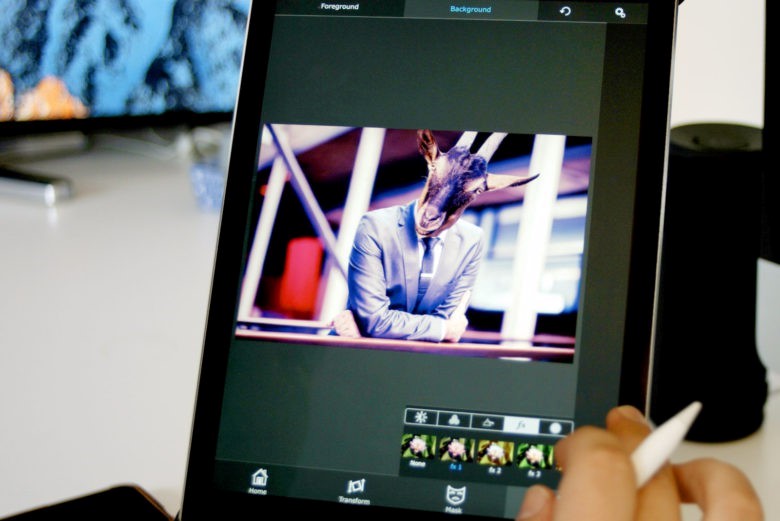The 6 Best Photo Editing Tools for Manipulating Funny Photos
Posting funny pictures on your social media is one of the easiest ways for getting likes. People like to see these types of photos for entertainment. You can quickly drive a lot of traffic to your site by making funny photos that are relevant to the product on your website. You will need a photo manipulation software to manipulate the photos. There are many different brands of photo manipulation software and you should pick one that is easy for you to work with.

Affinity Photo
Affinity Photo is a photo editor created by a Europe based company called Serif. You can use this software to work with more than 15 file types. It comes with all the basic features such as removing red eyes, cropping, drawing shape on images, clone stamp, and correcting lens distortion. The Assistant button which is identified with a tuxedo icon allows you to create presets for your tools. It does not support animation files so you cannot create GIFs with the editor. There is also no option to upload photo directly to social media.
Corel’s Paint-Shop Pro
Corel’s Paint-Shop Pro allows you to perform almost all types of image editing tasks. You can use the software to edit both raster and vector images. You can access all the tools in a floating toolbar that appear to your left by default. On the toolbar, you will find tools such as clone stamp, crop, add text, and fill color. The crop tool lets you crop image in various shapes such as animal, and heart shapes. It supports a 360 photo editing mode which allows you to pan the image around with your mouse or adjusting the slider.
Cyber-link Photo-Director
Cyber-link Photo-Director features easy navigation that divides the tools into tabs. It has no palette toolbox like in Photoshop. You can adjust the coloration tones in the photo by adjusting the color histogram. There are 5 sliders to adjust the brightness level in the photo from darkest to brightest. The Dehaze tool can add a blue tone into the photo. The Keystone straighten tool can straighten out crooked shots. There are several artistic styles included in the software. You can use a brush to erase away the style in selected areas. You can take multiple shots of still images and let the software generate a multiple exposure pictures. In multiple exposure pictures, it merges all the still photos into a single image.
Photoshop
Photoshop is the software that every photography pros want to use. Photoshop skills are necessary if you want to take on a career in the photo editing field. On the left, you will find options for different types of brushes and cloning tools. The top toolbar shows the current setting for the selected tool. The software allows you to add layers to make changes to the image appearance. It has a select and mask workspace that features tools like content aware object removal to remove unwanted objects from the photo. Photoshop is for advanced users. You can consider a basic photo manipulation software like Movavi Photo Editor if you are looking for something simple that let you edit photo in a few minutes.
Paint.NET
Paint.NET is a full-featured free image editor that offers advanced editing options. You can see all the common photo editing tools in the toolbox on the left. On top, you can access the adjustable options for the selected tools. Special effects like vignettes and sepia can be added. The color adjust tool allows you to modify the saturation, brightness, and contrast. Other basic tools include gradient, clone stamp, and zoom tools. It records every change you make in case you realize you make a mistake on the photo editing and want to use the older edited version.
GIMP
GIMP is a free open source editor with a lot of quality image editing tools. You can access the image editing tools via the navigation menu on top of the floating toolbox. It has a customizable interface and you can install free plugins to extend the software functions. It offers a large selection of image retouching tools. The layer feature is not as complete as in Photoshop, for example, you are only allowed to set the layer to opacity or blend mode. You can go back to your history and check out a list of undoes that you made.




